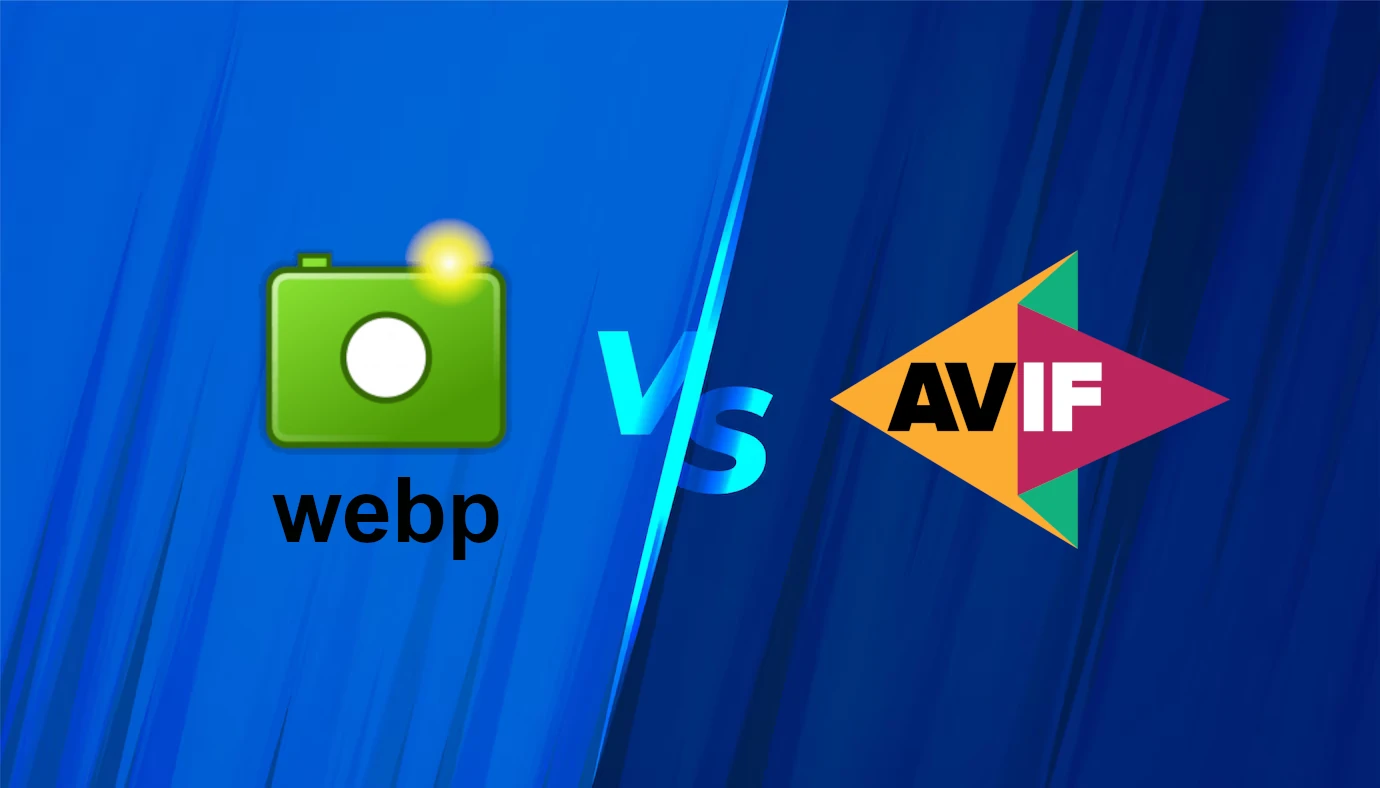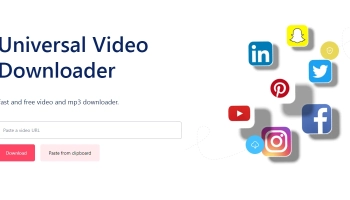
As digital media continues to evolve, the pursuit of more efficient, high-quality image formats has led to the development of WebP and AVIF. Both offer promising advantages over traditional formats like JPEG, but how do they stack up against each other? This comprehensive guide will explore both formats in depth and evaluate which one is the superior alternative to JPG.
WebP: An Overview
Launched by Google in 2010, WebP is an open-source image format that utilizes both lossy and lossless compression techniques. Combining the features of JPEG, PNG, and GIF formats, it supports animation, alpha transparency, and offers a superior compression ratio compared to JPEGs, resulting in high-quality images at significantly smaller file sizes.
These smaller file sizes lead to faster web loading times and lower bandwidth usage, enhancing user experience and reducing data costs. Moreover, WebP’s support for both lossless and lossy compressions for RGB images, along with its transparency features, makes it a versatile choice for various image types.
While WebP offers notable advantages, it also has its limitations. Not all web browsers or image editing software fully support WebP. However, with its growing popularity, more platforms are starting to include support for this format.
AVIF: An Overview
AVIF, which stands for AV1 Image File Format, is a more recent development in image formats. It was developed by the Alliance for Open Media and is based on the AV1 video coding format. AVIF offers high-quality, lossy and lossless compression and supports a wide color gamut, high dynamic range (HDR), and color depths up to 12 bits.
Much like WebP, AVIF aims to deliver superior image quality at smaller file sizes. However, early benchmarks indicate that AVIF can achieve even better compression rates than WebP, resulting in smaller file sizes without a noticeable loss in image quality.
AVIF also supports animation and transparency, much like WebP. Its use of the AV1 video coding format also means it can utilize advanced image prediction and transformation techniques.
Like WebP, AVIF also suffers from limited support. AVIF is supported in browsers like Google Chrome and Firefox, but is not supported by Safari or Internet Explorer.
AVIF vs. WebP: The Showdown
When comparing AVIF and WebP, several factors come into play:
- Image Quality and Compression: Both AVIF and WebP offer significant improvements over JPEG in terms of image quality and compression. However, AVIF generally offers better compression than WebP, resulting in smaller file sizes for similar or superior image quality.
- Browser Support: Both AVIF and WebP are supported by Google Chrome and Firefox. However, while WebP is supported by Microsoft Edge and Opera, AVIF is not. Safari only added support for WebP from version 14 onwards and does not support AVIF.
- Versatility: Both AVIF and WebP support lossy and lossless compression, animation, and transparency. However, AVIF’s use of the AV1 video coding format gives it the edge in terms of advanced image prediction and transformation capabilities.
- Adoption Rate: WebP, being older, has a higher adoption rate compared to AVIF. Many websites and platforms have begun to integrate WebP into their image processing pipelines. AVIF, being relatively new, still has some catching up to do in terms of widespread adoption.
In conclusion, while both AVIF and WebP present as potent alternatives to JPEG, the choice between the two largely depends on your specific requirements. If browser compatibility and software support are paramount, WebP currently has broader acceptance. However, if superior compression and future-proof technology are the main goals, AVIF appears to have the upper hand.
Given the rapidly evolving digital landscape, it is plausible that both formats will gain more traction and support in the future. For web developers and designers aiming to optimize web content, both AVIF and WebP are certainly worth exploring.



